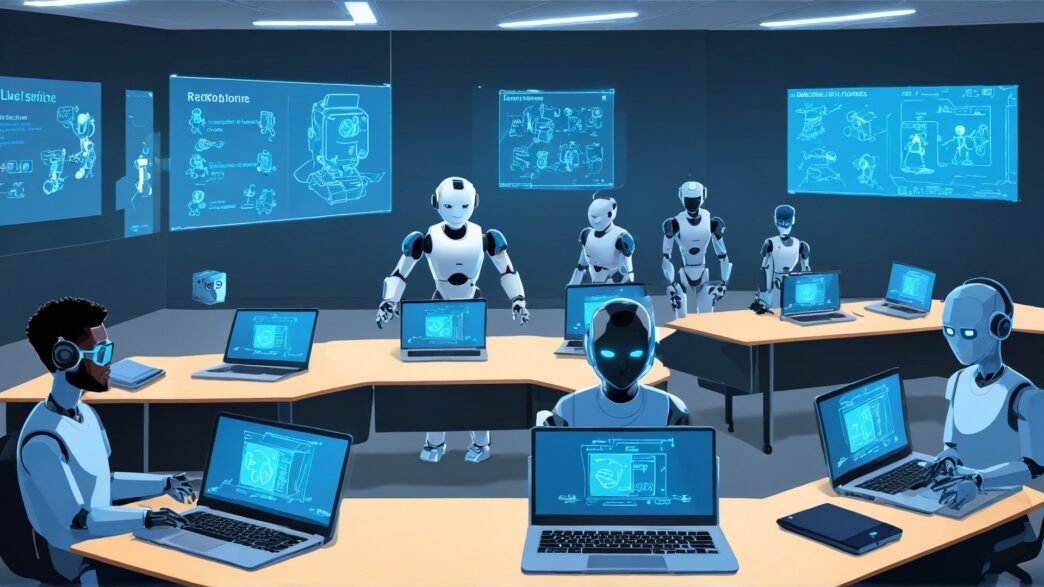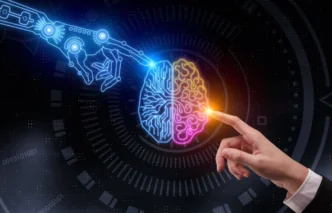Key Players in Fast-Learning Robotics
The landscape of fast-learning robotics is being shaped by several key players who are pioneering advancements in this field. Notable companies leading the charge include:
- Agility: Known for its innovations in agile robotics, Agility is pushing the boundaries of how robots can adapt and function in dynamic environments.
- Amazon: A significant player in warehouse automation and delivery, Amazon is leveraging robotics to optimize logistics and enhance efficiency across its operations.
- Covariant: This organization is making strides in robotic perception and manipulation, enabling robots to understand and interact with their surroundings more effectively.
- Robust: Focusing on resilience and adaptability, Robust is developing robots that can tackle challenges in unpredictable conditions.
- Toyota Research Institute: Engaged in research on intelligent mobility and enhancing human-robot interaction, Toyota is exploring new ways robots can support everyday activities.
The Paradigm Shift in Robotics
As we stand on the cusp of a robotics revolution, generative AI is fundamentally changing how robots are trained. This technology is not just a trend; it represents a significant leap toward creating robots that can perform complex tasks, much like those depicted in science fiction for decades.
The Evolution of AI in Robotics
Robotics researchers have long utilized artificial intelligence to help robots navigate their environments. However, the recent advances in large language models have opened new avenues for robotic training. Traditionally, AI models ingest vast amounts of text data—books, manuals, and more—to generate coherent text based on prompts. This concept is now being adapted to train robots, a shift that could revolutionize their capabilities.
Breakthroughs in Training Methodologies
The journey to utilizing generative AI for robotics has not been without challenges. Training a robot to perform physical tasks involves far more complexity than generating text on a screen. The process requires the integration of diverse data types to create a cohesive training model.
Data Fusion for Robotic Training
One significant breakthrough involves combining various data sources to enhance robot learning. For instance, consider the task of washing dishes. Researchers can gather data by equipping individuals with sensors while they wash dishes. This data can then be supplemented with teleoperation data from a human controlling robotic arms during the same task. Additionally, publicly available images and videos of people washing dishes can be sourced from the internet.
By effectively merging these data streams into a unified AI model, robots can gain a substantial advantage over those trained through traditional, manual methods. This multifaceted approach allows AI models to understand the myriad ways a single task can be executed, improving their ability to improvise and predict the next steps in real-world scenarios.
Real-World Applications
These advanced training methodologies are already being implemented in commercial environments, such as warehouses. Robots equipped with these capabilities are learning to navigate complex tasks more efficiently, paving the way for future applications in domestic settings. With these advancements, we are inching closer to a reality where smart robots can assist in daily household chores, transforming our interactions with technology.
The Future of Robotics and AI
As we look ahead, the implications of fast-learning robots are vast. The potential for increased efficiency in various industries is accompanied by important discussions about ethical considerations and the need for responsible AI development. Stakeholders across sectors must prioritize investments in research and frameworks to ensure that advancements in robotics serve the greater good.
Also read:
Meet the People Powering the Robots: The Faces Behind the Technology










